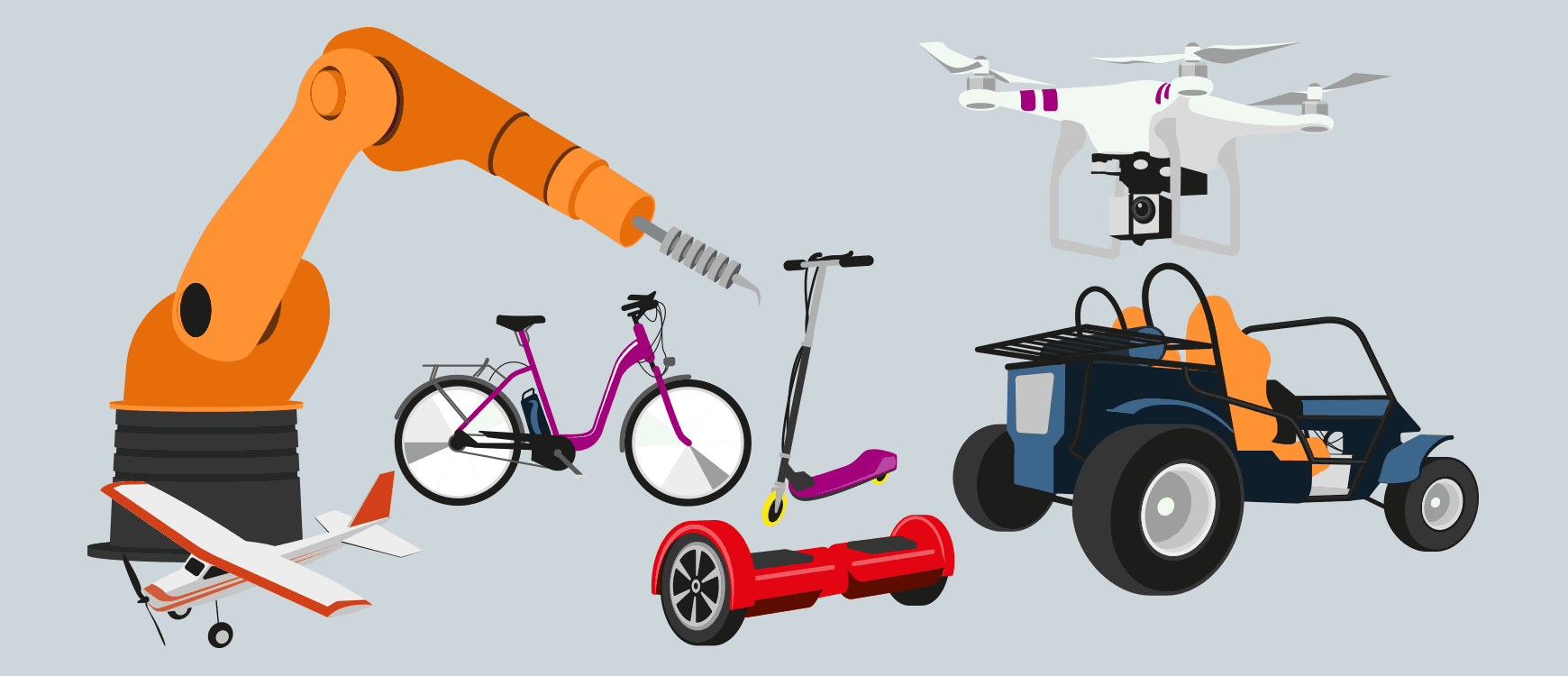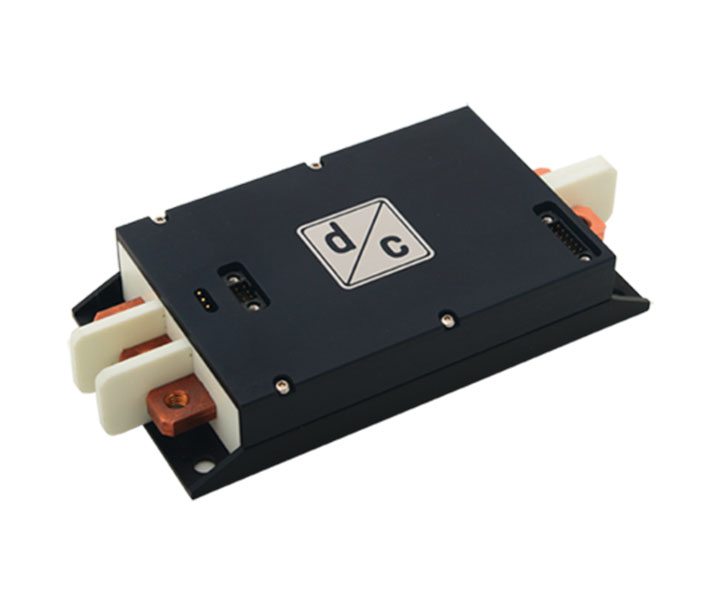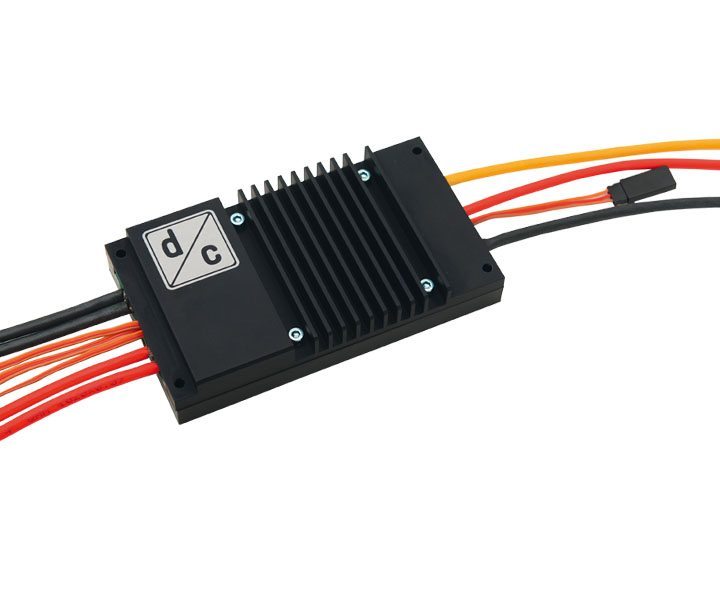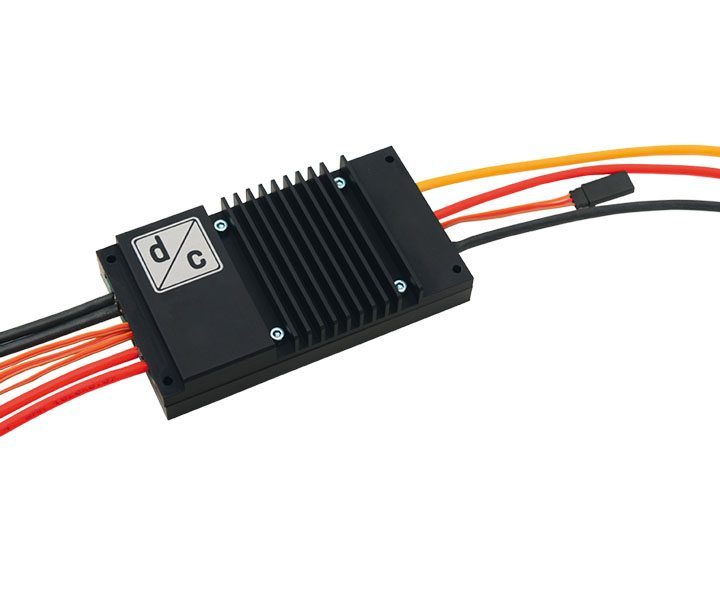Motor controller

Motor controller
The Motor controllers are state-of-the-art sinusoidal commuted speed controllers. The engine current is regulated to a sine wave to guarantee an optimal and highly efficient activation of the engine with this commutation principle.
Due to the integrated current monitoring, the motor is prevented from “overrunning”. The main benefits of sinusoidal commutated speed controllers compared to block commutation are significantly smoother motor running and less motor warming.
For an overview, extracts to block and sinusoidal commutation are described below:
 Block commutation:
Block commutation:
Motor with n pole pairs (positioned at 60°/n exactly known; commutation every 60°/n).
Block-shaped phase current (torque ripple, vibrations and hums).
Block commutation with or without Hall sensors is characterized by an abrupt switching of the motor current every 60° (or after every 60°/n).
 Sinusoidal commutation:
Sinusoidal commutation:
Sinusoidal phase currents (120° phase displacement, similar to synchronous motors with variable frequency, no torque ripple, high synchronism, high starting torque).
High synchronism is achieved by gradually aligning the phase currents. Increased efficiency due to sinusoidal current waveform and created torque is constant in contrast to block commutation.



